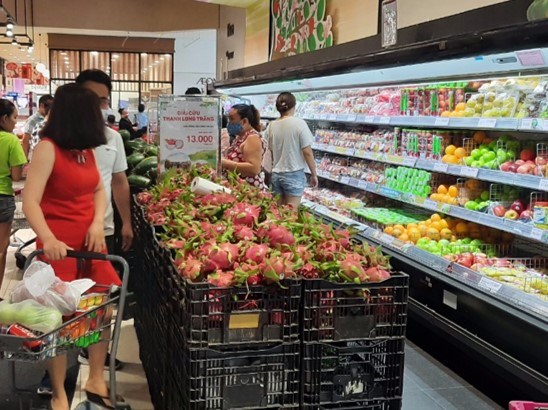The Philippines is expected to increase agricultural imports over the next decade, as domestic production struggles to keep up with the demands of a growing economy and rising population. A new OECD–FAO outlook covering 2025–2034 identifies the country as one of the developing markets that will drive global agricultural trade, reflecting a wider shift in Southeast Asia from being a net exporter to a net importer.
Population growth, from 109 million in 2020 to more than 120 million by 2030, and the government’s target of achieving upper-middle-income status by 2025–2026, are the key drivers of higher consumption. Meat demand is projected to grow sharply, with consumption among upper-middle-income countries expected to rise by 45 percent. The Philippines is already emerging as one of the fastest-growing markets for pork and beef, with imports rising as domestic output remains constrained by challenges such as African Swine Fever.
Rice imports are also projected to remain high. The USDA forecasts 5.5 million metric tons in the upcoming marketing year, surpassing the record 4.8 million metric tons in 2024, reinforcing the country’s position as the world’s largest rice importer. Despite these trends, the OECD and FAO note that the Philippines, alongside Vietnam, Malaysia, and Thailand, will contribute significantly to the projected increase in global rice production, which is set to expand from 541.5 million metric tons in 2025 to nearly 600 million metric tons by 2034.
The report cautions that its projections do not account for recent tariff policies or other trade-related developments. Prolonged uncertainties could impact global agricultural markets through inflation, exchange rates, and broader growth patterns.
(Source: Manila Bulletin)
